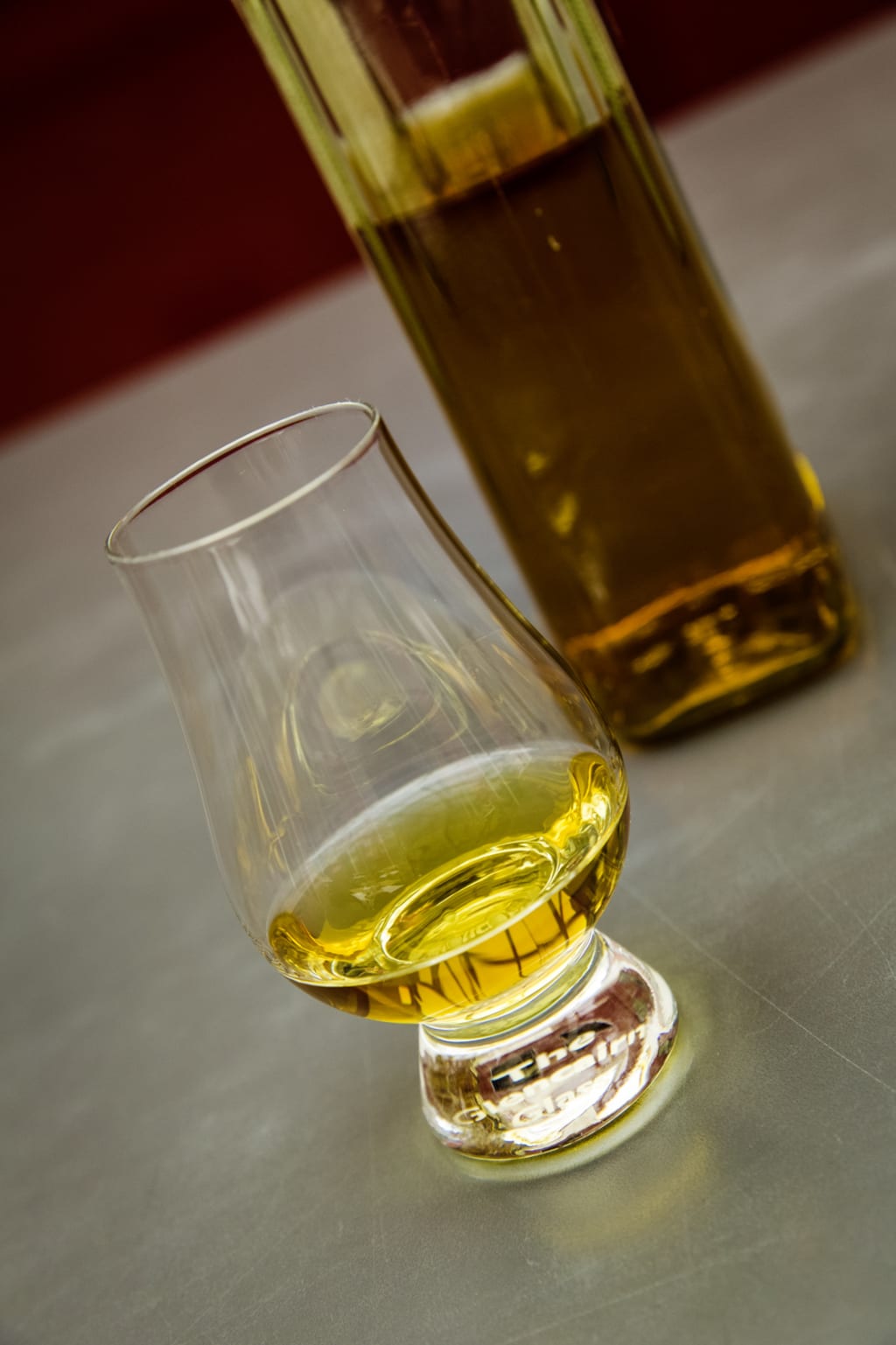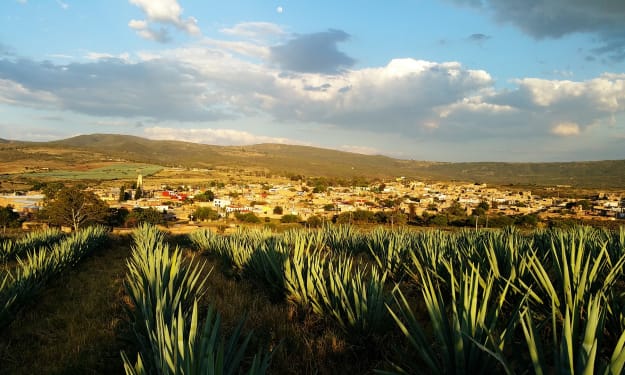Tasting Your Way to Knowledge of Your Favorite Spirits
Break through the marketing hype to find quality liquor that matches your budget.

Are you interested in learning more about what makes one brand of bourbon, vodka, or tequila better than another? Confused when you hear all sorts of words describing what they are supposedly like? Do you want to make your buying decisions based on quality instead of slick marketing?
Then consider doing some blind tastings of your favorite spirits. It's a fun activity that will liven up any group event. And you'll come away from it with a new appreciation and understanding of what you really like, free of any marketing hype, and realize that spending more doesn't always mean getting a better product.
What You'll Need
1 ounce of each spirit, per taster
Whether you're tasting bourbon, vodka, rum, tequila, or some other spirit, keep it to about five to eight different brands. That's enough to get a diversity of samples without being overwhelming. Spirits in the original bottle can be placed in a numbered paper bag to hide the identity, or transferred to an unmarked container, also labeled only with a number. A 750 ml bottle contains about 25 ounces.
As the person conducting the tasting, you can provide all the spirits yourself, however it's more economical and fun to have each taster bring a sample. Make sure you disguise the identities of the samples away from the tasters so they won't know which is which.
A written description of the type of spirit
This helps to set expectations of what it should look, smell, and taste like, and provides tasters with some ideas for tasting vocabulary words appropriate for the type of spirit. It's doesn't have to be a detailed, expert dissertation; a couple of paragraphs will suffice. Do a web search on “flavor profile” for the spirit you are tasting to get some basic information you can provide to the tasters.
Glassware
You can use anything from wine or small water or shot glasses, even clear plastic disposable cups if necessary. Larger glasses allow the spirit to be swirled and release more aromatics.
Water
Have a large pitcher of water on the table, both for rinsing glasses after each spirit, and as a palate cleanser for the tasters.
Empty container(s) for discarded spirits and rinse water
Have a pitcher or small bucket for tasters to discard the remnants of any unwanted samples and rinse water. You may also want to provide each taster with a large, empty glass if they want to spit out any samples, rather than swallowing them after assessing the taste.
Score sheet(s) and pen(s)
This can be a single sheet maintained by the person conducting the tasting, or individual sheets for each taster. The simplest score sheet rates spirits on a scale of 1 to 5, with 5 being the best. If you will maintain the score sheet, you can create a simple grid with the spirit samples numbered in rows, and the tasters' names as column headings, as well as a total score column.
How To Conduct The Tasting
From the covered or unmarked container (don't forget to number them) the person conducting the tasting pours about one ounce of the first numbered sample for each taster.
Encourage the tasters to evaluate the appearance, aroma, and taste of each sample. They should sip it slowly, and swirl it around in their mouths before swallowing or spitting it out.
After each sample, every taster provides his or her score to the person conducting the tasting, or records their own score, if individual score sheets are being used. Individual score sheets can reduce the bias one gets from hearing the scores of the other tasters, but knowing how others score a sample, and discussing and debating it, can be fun and educational itself.
Repeat the process for each sample, encouraging the tasters to rinse their tasting glass with water after each sample, and to also drink water to remain hydrated.
After the last sample has been tasted and scored, the person conducting the tasting adds up the scores for each sample and rank orders them by total score. The total score can also be divided by the number of tasters to calculate the average score for each sample.
Now, it's time for the most exciting part of the tasting – the big reveal, when the identities of the samples are made public! To build anticipation, reveal the lowest scoring spirit first, and the highest, last.
And hopefully there's still enough left of the highest scoring sample to pour another round for everyone.
About the Creator
Brett Peruzzi
Brett Peruzzi is an avid home cocktail crafter, and honed his tasting skills in a previous life as a certified beer judge, award-winning homebrewer, and beer journalist.






Comments
There are no comments for this story
Be the first to respond and start the conversation.